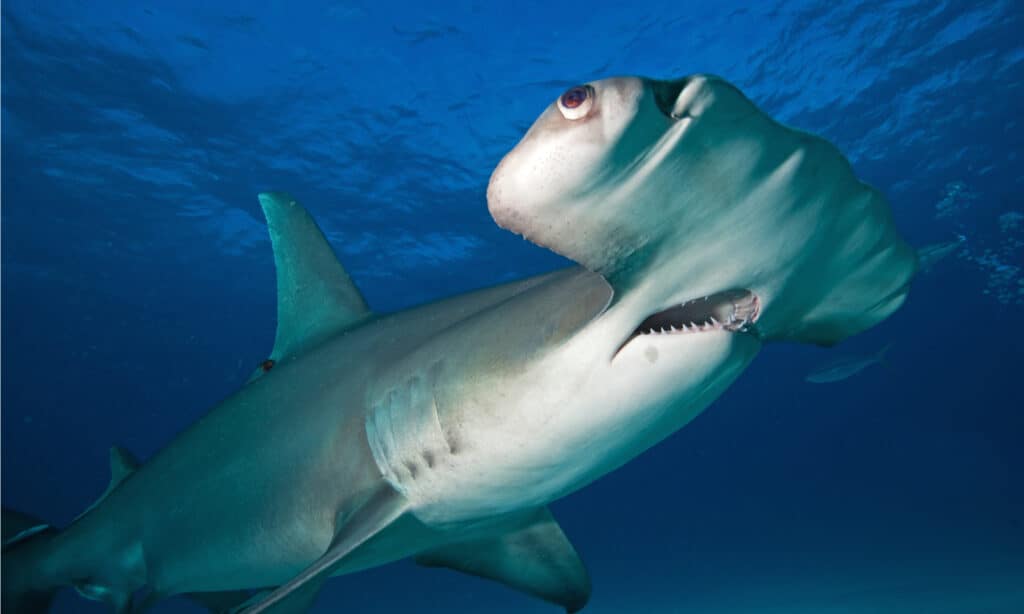One of the few locations in the world where you may dive with Tiger Sharks during specific months of the year is Tiger Beach in the Bahamas. One of the most popular destinations on the earth for divers of any and all skill levels is the Bahamas, a group of islands off the coast of Florida in the United States.
If you want to see some amazing shark diving footage that showcases hammerheads and more, watch this video below!
Watch the Amazing Footage Now!
There’s never a shortage of things to see at the several diving sites encircling these islands, which have crystal clear water, vibrant reef systems, and marine life ranging from the smallest underwater animals to the largest predators.
Divers can spend their dives with a variety of other marine creatures in addition to the tiger sharks and lemon sharks that already have made Tiger Beach so well-known. Divers may come across moray eels, a plethora of exotic fish of various kinds, giant groupers, and snappers. If you’re lucky, you might spot dolphins as you enjoy the environment.
The Caribbean reef shark, nurse shark, and hammerhead shark are just a few of the numerous shark species that will be there. The type of shark you see all depends on the time of year that you dive.
Speaking of sharks, one team was diving in this beautiful location and spotted a massive hammerhead shark! Their footage and commentary give an incredible look at how these creatures live and hunt in their natural habitat.
Hammerhead Shark Facts

The eyes of Great
Hammerhead Sharks
sit on the edge of their mallet-shaped heads, they have excellent eyesight and a 360 view of their surroundings, making them skilled hunters.
©Martin Prochazkacz/Shutterstock.com
The shark’s characteristic “hammer-head” portion is referred to as a cephalofoil. The cephalofoil gives hammerheads their characteristic form and serves a variety of functions, such as improving their binocular vision and depth perception so they can navigate and find food.
These sharks have superior vision and depth awareness to most other shark species. They can see everything around them constantly thanks to the placement of one eye at each end of their head, providing a full 360-degree field of vision.
Hammerhead sharks come in a variety of shapes and sizes, but the Great Hammerhead is by far the biggest of the nine kinds. In actuality, these hammerheads have a maximum length of 20 feet and a maximum weight of 1,000 pounds!
The Great Hammerhead has extremely sharp, triangular teeth, and its color can span from gray-brown to green on its dorsal and ventral sides, respectively. Fortunately, we are fully informed of the Great Hammerhead Shark’s eating patterns and food.
These sharks eat a variety of creatures, including other sharks, stingrays, squid, crustaceans, herrings, trout, and groupers. Around dawn and nightfall, these sharks go out hunting twice a day for their prey.
The photo featured at the top of this post is © Gary J. Wood from Toronto, ON, Canada, CC BY-SA 2.0, via Wikimedia Commons – License / Original
Thank you for reading! Have some feedback for us? Contact the AZ Animals editorial team.






